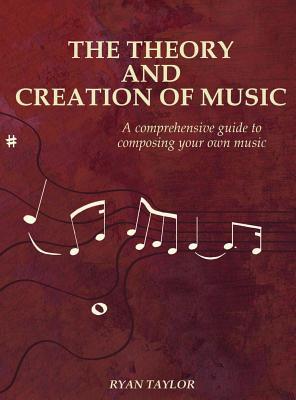What makes music sound happy? What makes it sound sad? Tense? Relaxed? Beautiful? Powerful? Scary? Nostalgic? We will seek to answer the fundamental question: What makes music sound the way it sounds? The more deeply we can answer this question, on both logical and intuitive levels, the more aptly we will be able to create the music we want to create.
-An excerpt from Chapter Two
- Learn how to compose your own music.
- Explore the art of improvisation.
- Develop a clear understanding of music theory.
- Uncover the deep principles and inner workings of musical expression.
- Analyze the great masterpieces with new insight.
- Build a fundamental knowledge base in acoustics, arranging, history, music technology and more!
Includes online access to over 150 audio tracks
A New Method of Musical Learning
At its most essential level, this book presents a method of musical learning that synthesizes the intellectual with the creative. It incorporates and balances three synergistic aspects of learning - learning of concepts, learning by example, and learning through action. I'll argue that all of these are profoundly necessary yet rarely included in one interconnected system of musical learning as they are here. During the writing this book, this method also gave rise to a new system of presenting information. The main content of this book is categorized into colored boxes that describe what aspect of learning the box is focused on. These boxes are then connected with each other in such a way that they can be read in a variety of sequential orders. This allows for a more personalized and engaging journey through the study of music.
Who is this book for?
This book is for anyone interested in creating original music through a deep understanding of his or her craft. No prior experience or knowledge is required to benefit from this book. The instruction starts from the beginning and goes into intermediate and advanced topics.
The information in this book is generally applicable to all instruments and will be useful regardless of what instrument you play or would like to learn. The information in this book is also generally applicable to all styles of music. A wide variety of styles, from classical to blues to electronic, have been included in the musical examples and often multiple sets of terminology are presented that correspond to different traditions. The focus of this text is on the fundamental ideas, experiences, and processes that are a part of all of these styles of sonic art.
